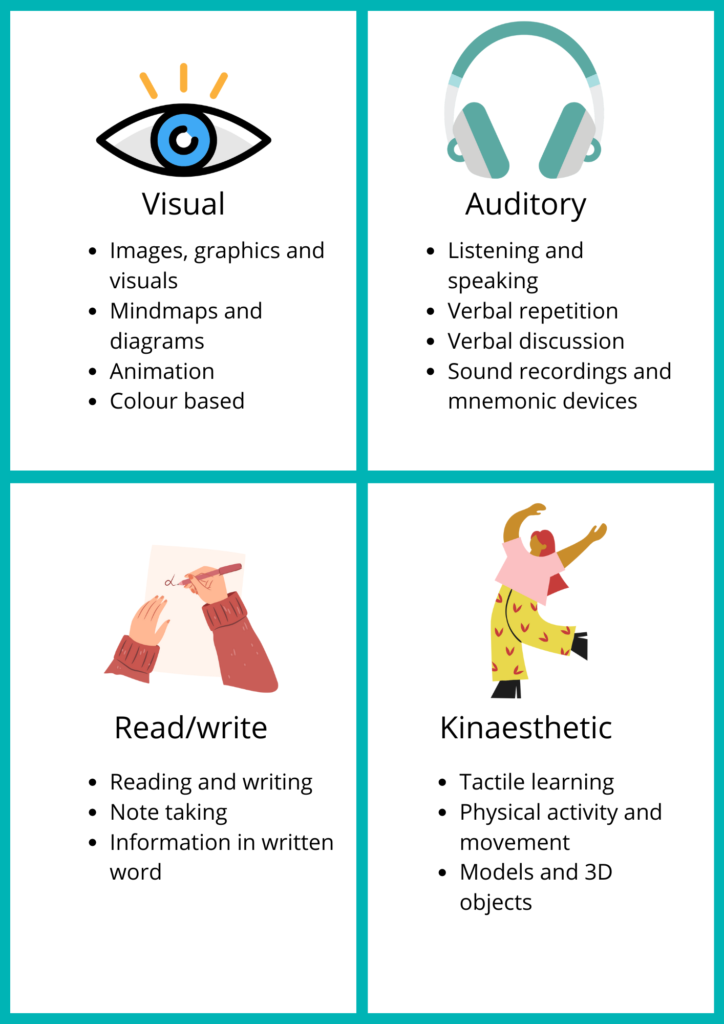Learning styles refer to the different ways individuals prefer to learn and process information. Understanding these styles can help enhance educational experiences by tailoring teaching methods to suit different preferences. Here are some common learning styles:
- Visual Learning: Visual learners prefer to see information and visualize the relationships between ideas. They benefit from diagrams, charts, videos, and written directions.
- Auditory Learning: Auditory learners learn best through listening. They find it easier to understand new content when it is delivered through lectures, discussions, and audio materials.
- Kinesthetic Learning: Kinesthetic learners prefer a hands-on approach. They learn best by doing, using movement, experiments, and practical activities to grasp concepts.
- Reading/Writing Learning: These learners prefer to interact with text. They excel through reading and writing tasks, such as essays, reports, and note-taking.
- Logical (Mathematical) Learning: Logical learners enjoy using reasoning and systems. They are adept at identifying patterns and solving problems through logic and analysis.
- Social (Interpersonal) Learning: Social learners thrive in group settings and learn best through collaboration and discussions with others.
- Solitary (Intrapersonal) Learning: Solitary learners prefer to work alone and use self-study. They have a strong awareness of their own thoughts and feelings, which aids in their learning process.
Educators can enhance learning by incorporating elements from various styles to create a more inclusive and effective educational environment.

